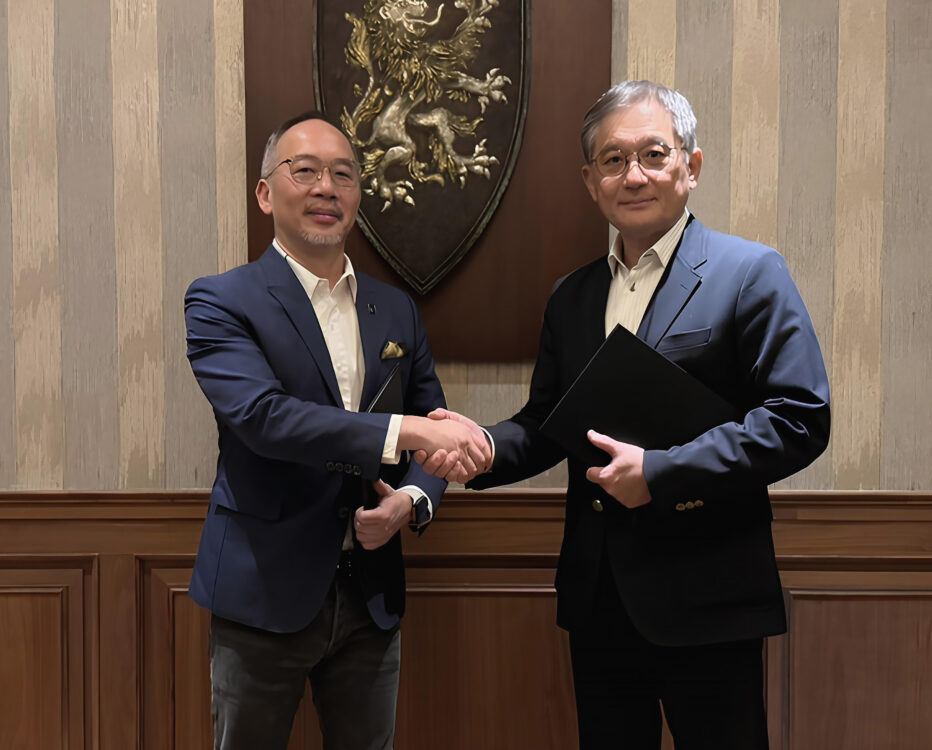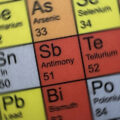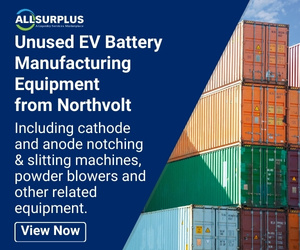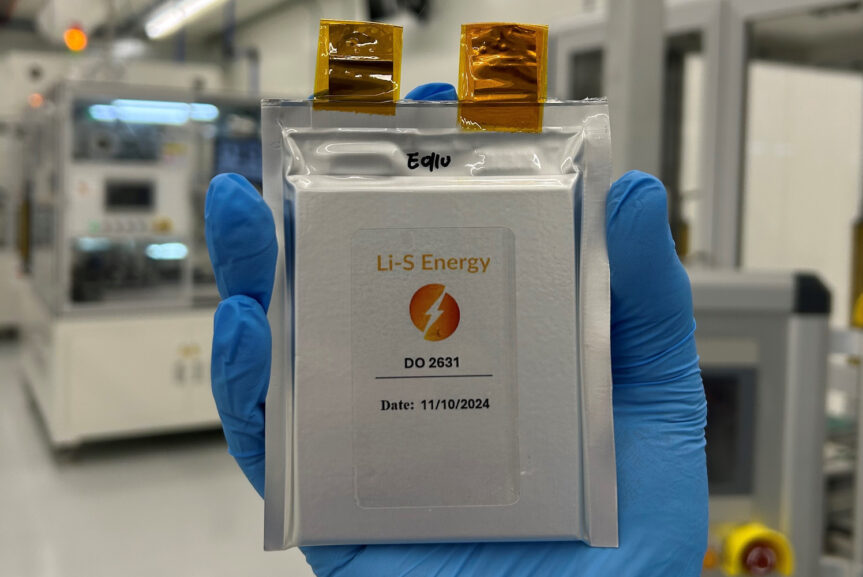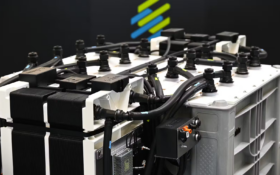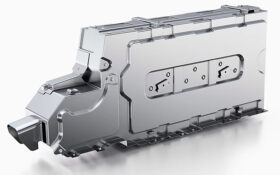Two Taiwan firms have partnered to develop a hybrid energy storage system that pairs the long-duration benefits of vanadium redox flow batteries with the fast response capabilities of lithium-ion.
The ESS combines Xing Mobility’s immersion-cooled lithium-ion technology and cable-power firm Pacific Electric Wire & Cable’s (PEWC) vanadium redox flow battery.
The pair will test the hybrid ESS in real-world energy scenarios during a demonstration project in Taiwan. Tests will include its ability to meet the safety, flexibility, and efficiency demands of modern power grids.
The goal is to develop a scalable system that delivers grid stability services that aids the rollout of EV infrastructure, reinforces data center resilience, and enables better renewable energy integration onto the grid.
Technologies being used
PEWC’s vanadium redox flow battery uses a water-based, non-flammable electrolyte, which the company says has a 20+ year cycle life.
Xing’s immersion-cooling technology places the cooling system inside a hermetically sealed case that also houses the complete battery. This, they say, prevents thermal runaway and enables cells to reach working temperature quicker.
According to Xing’s website, battery packs using its technology are 20 to 30% cooler than equivalent indirect liquid-cooled battery packs. Battery modules using their technology can reach more than 6,000 charge-cycles with 70% SoH at -4C/+2C charge/discharge rates, they claim.
Last December, Xing and Japanese petroleum company Eneos signed a Memorandum of Understanding to jointly promote immersion-cooling battery systems for energy storage and vehicle applications. Part of the deal will see Eneos use immersion cooling fluids to optimise the thermal management of data center servers and battery systems.
In September 2024, Xing announced British sports car manufacturer Caterham would use its immersion-cooling technology in its Project V car. The vehicle uses Xing’s IMMERSIO™ CTP (cell-to-pack) battery system.

